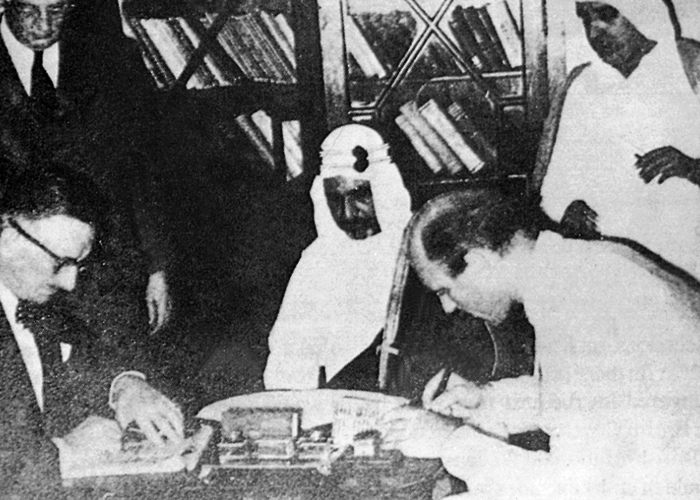
Kuwait Oil Company (KOC) traces its beginnings to 1934, when it started its oil journey as a joint venture between the Anglo-Persian Oil Company (now BP) and the Gulf Oil Corporation (now Chevron Corporation).
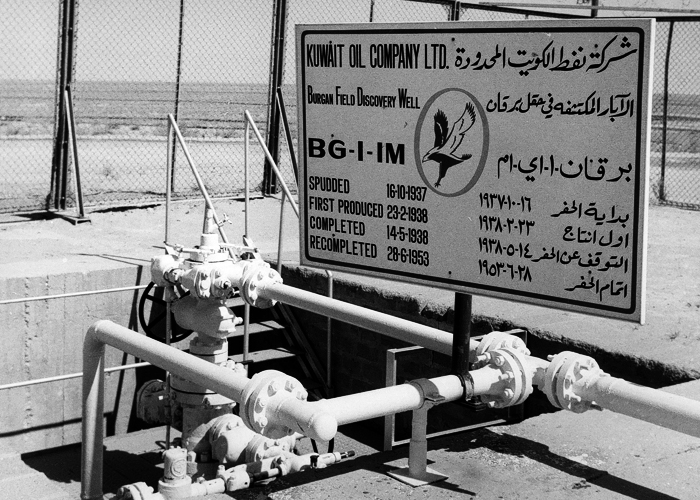
After two years of rapid development and growth, KOC triumphed in striking its first successful well in 1938 at Burgan field. The journey of commercial production began after the success of oil production at Burgan field.
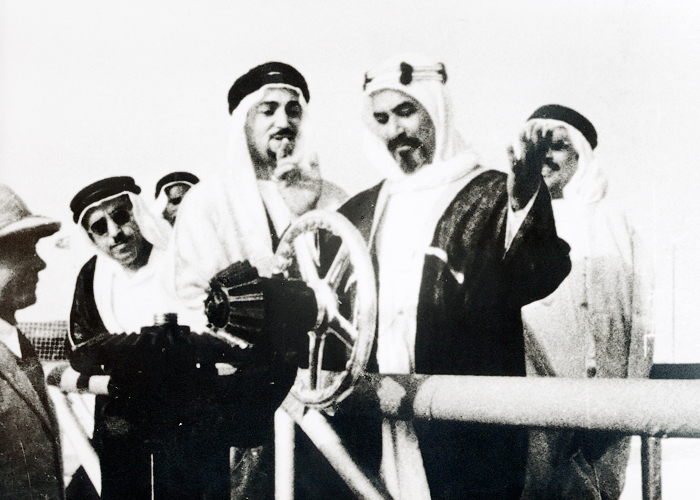
The success of KOC was recognized when his highness, Shaikh Ahmed Al-Jaber Al-Sabah, turned the silver wheel to start Kuwait's first crude oil export abroad, the taker "British Fusilier" in 1946, a defining moment for Kuwait to join the world's major oil producers.
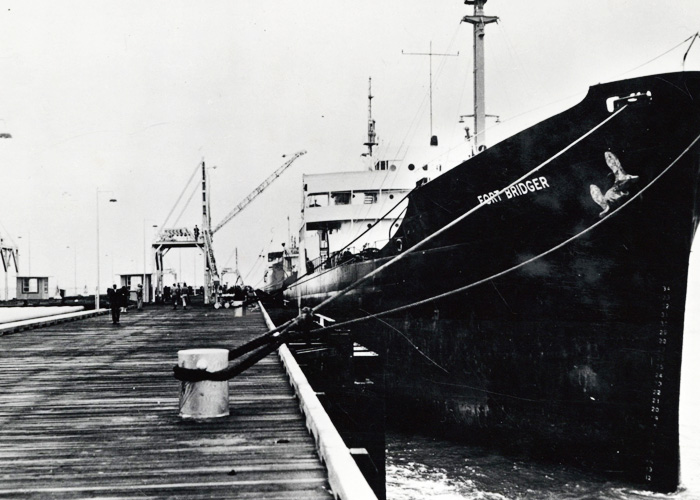
The introduction of oil production led to the launch of refineries, where Mina Al-Ahmadi, the first refinery in Kuwait, was built and established in 1949, allowing the transformation of crude oil into gasoline and kerosene in Kuwait, which permitted tankers to turn faster than other ports worldwide.
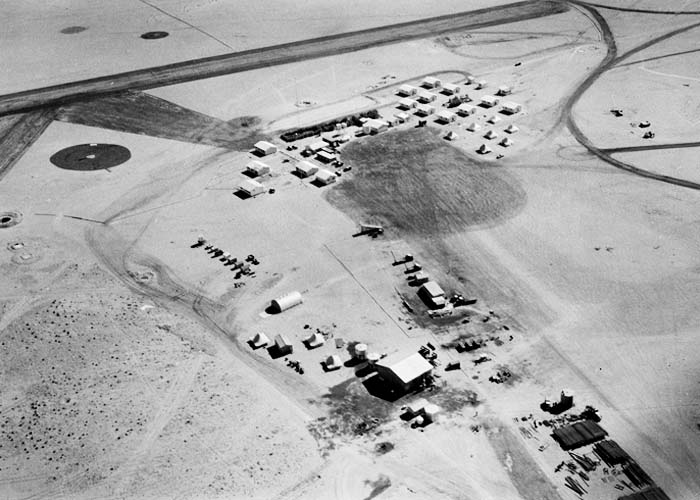
Come the next six years, oil was discovered in Raudhatain in 1955. As oil production increased, prefabricated buildings were transported to provide housing for the oil workers.
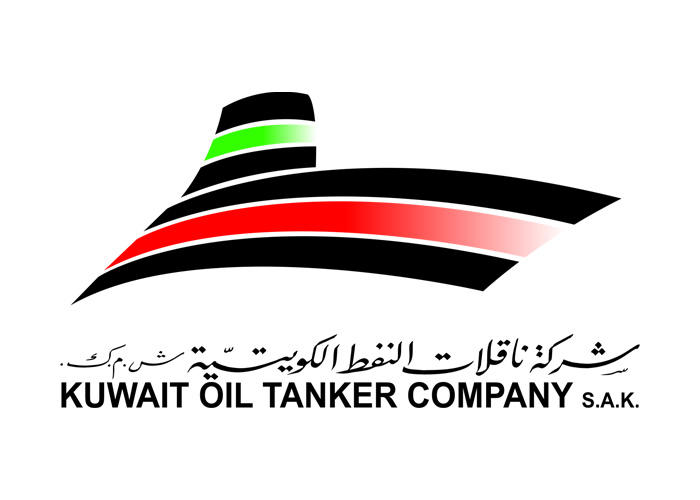
After the expansion and growth of KOC and the newly built refineries, the oil sector in Kuwait introduced a new company, Kuwait Oil Tanker Company (KOTC), established in 1957. KOTC further developed sea-borne transportation to exploit and discover oil in Kuwait.
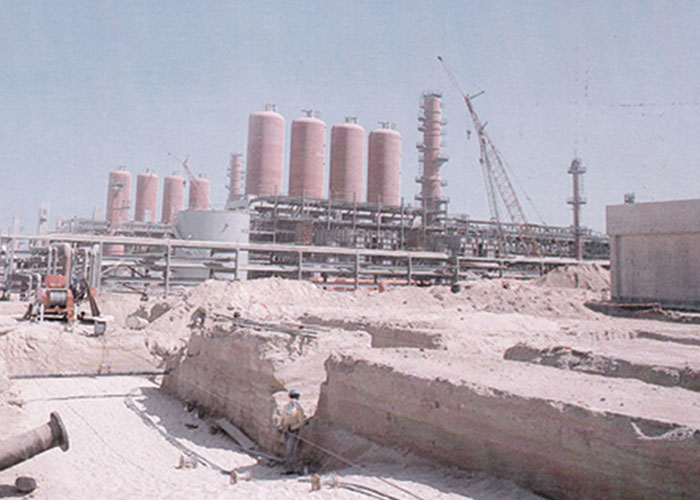
The development of sea-borne transportation led to new refineries, including the Mina Abdullah Refinery, established in 1958.
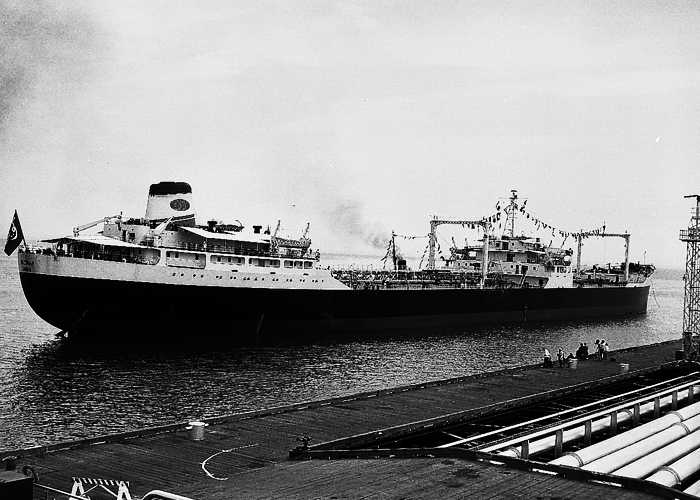
After the successful operation of the refineries, Kazimah was introduced as Kuwait's first tanker, which carried 46,000 tonnes of crude oil in 1959.
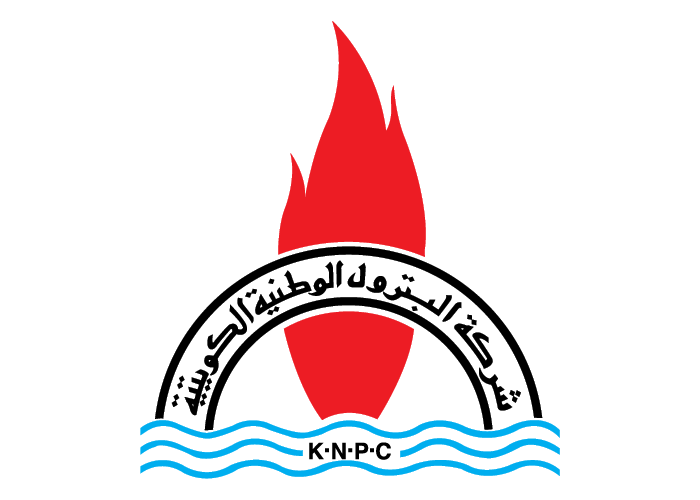
Subsequently, in 1960 Kuwait National Petroleum Company (KNPC) was established to manage the existing refineries.
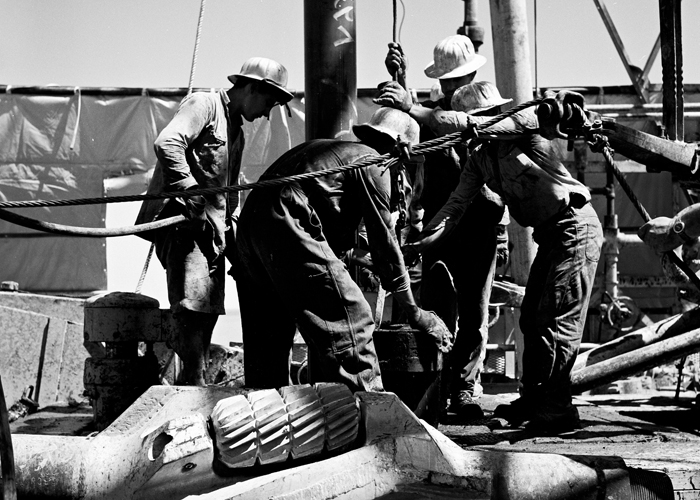
In alignment with the expansion of refineries, KOC embarked on a new field development in 1962, where offshore drilling began in Medina Oil Field in Kuwait Bay.
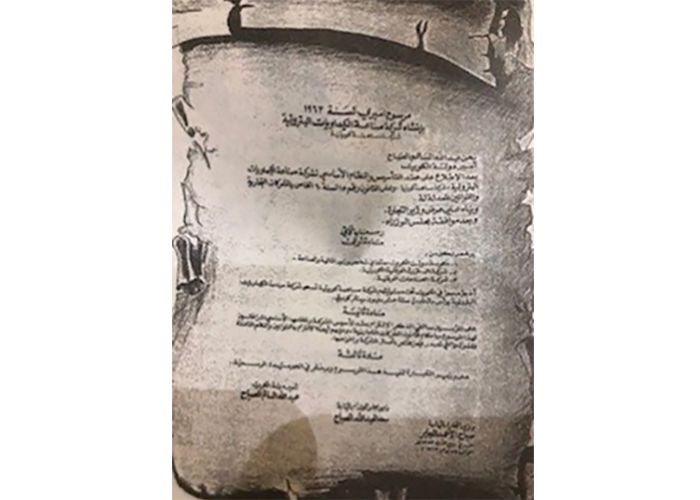
Expanding the oil production in Kuwait, Petrochemical Industries Company (PIC) was established in 1963, joining Kuwait's oil sector to balance and carry out its own operations.
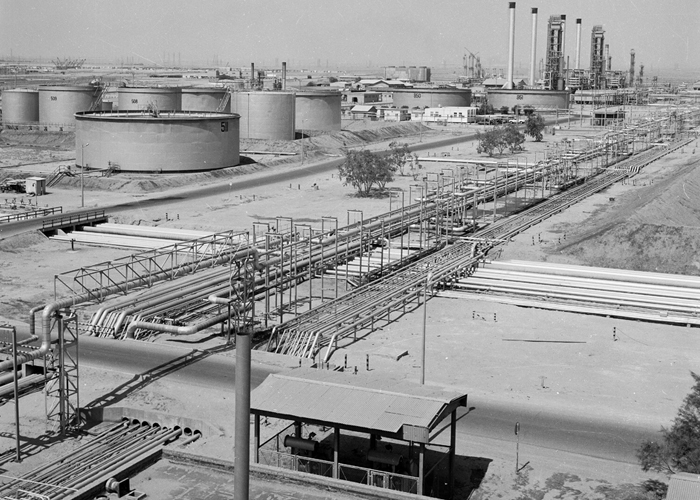
Kuwait grew to hold a strong position in the oil and gas market, nationalizing oil companies representing the country. Kuwait Petroleum Corporation (KPC) was established in 1980, merging all national companies involved in the production, processing, and transportation of oil and gas in Kuwait under one umbrella.
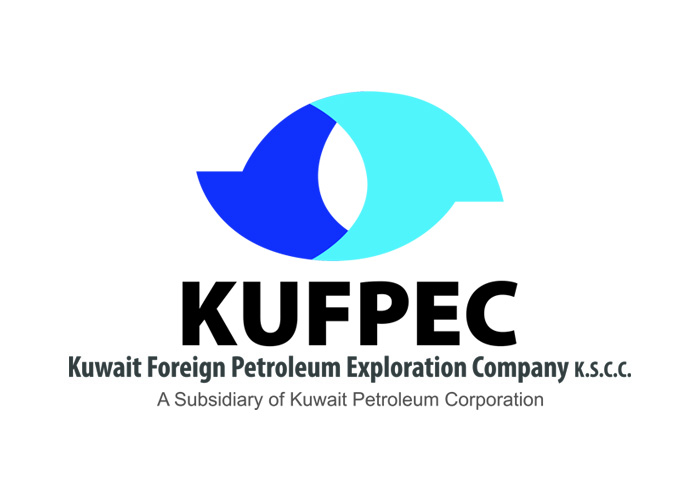
After several years of growth and expansion, the oil sector expanded as milestones were achieved oil companies began to grow, introducing Kuwait Foreign Petroleum Exploration Company (KUFPEC) in 1981.
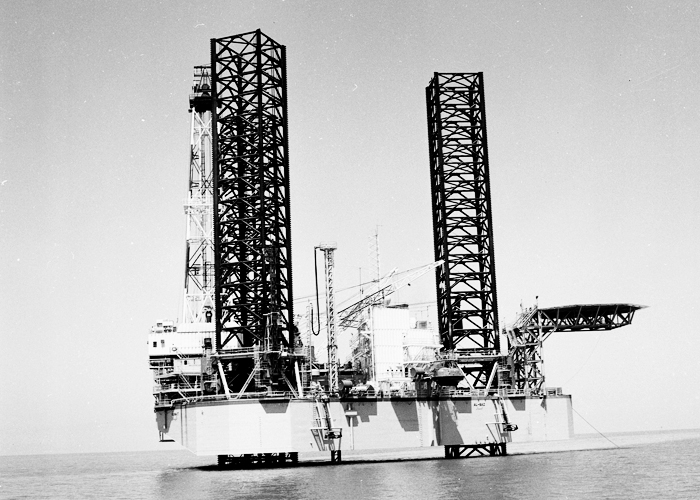
Further expansion occurred in 1983 when KPC acquired most of Gulf Oil's refining and marketing operations in Western Europe and BP's Danish operations, establishing Kuwait Petroleum International (KPI) in London to manage these interests.
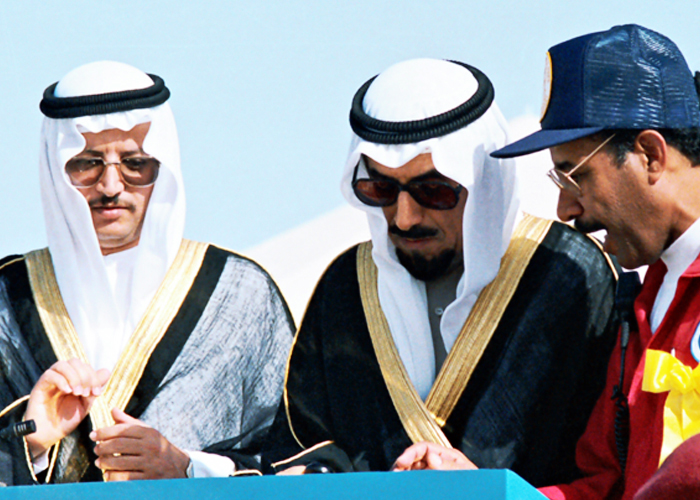
As the citizens of Kuwait united to help recover their country from the damage that occurred in 1991, international and Kuwaiti firefighting teams tackled the oil fires present after Iraq withdrew its troops. The Kuwaiti firefighting teams succeeded by capping 41 wells in 54 days. This action concluded with his Highness Shaikh Jaber Al-Ahmad Al-Jaber Al-Sabah capping the last burning oil well, Burgan No.118, in a grand ceremony on 6th November 1991.
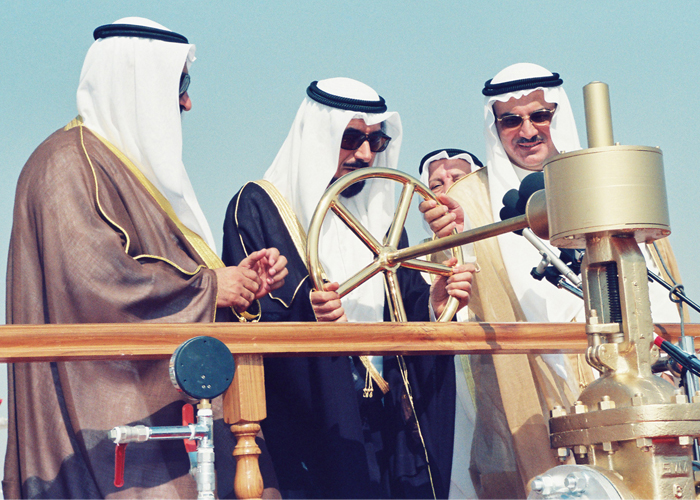
In 1996, a historic event was highlighted in history, as his Highness Shaikh Jaber Al-Ahmed Al-Jaber Al-Sabah turned a symbolic golden wheel to commemorate the original ceremony on the fiftieth anniversary of the first crude oil export.

As operations developed and the oil sector expanded, the oil sector introduced a new subsidiary Kuwait Gulf Oil Company (KGOC), established in 2002.
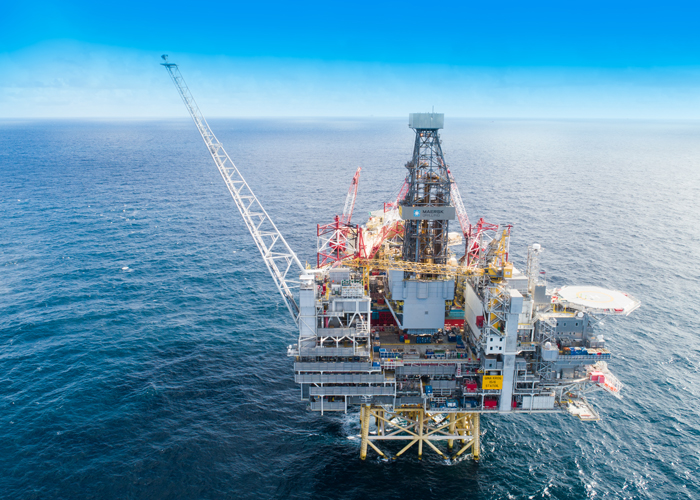
With continuous introductions to new operations, discoveries, and subsidiaries, KUFPEC established its Norway Area Office in Stavanger in 2013.
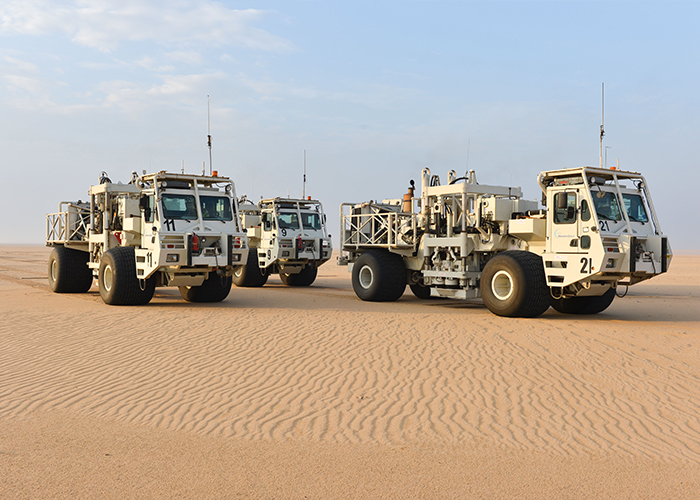
Additionally, in 2014 KGOC introduced the 3D Seismic Survey, which is the largest in Kuwait's history, and is considered one of the world's top five onshore seismic history. KNPC also inked the Clean Fuels Project Contracts, starting the operations in one of the largest and most significant projects in the history of Kuwait.
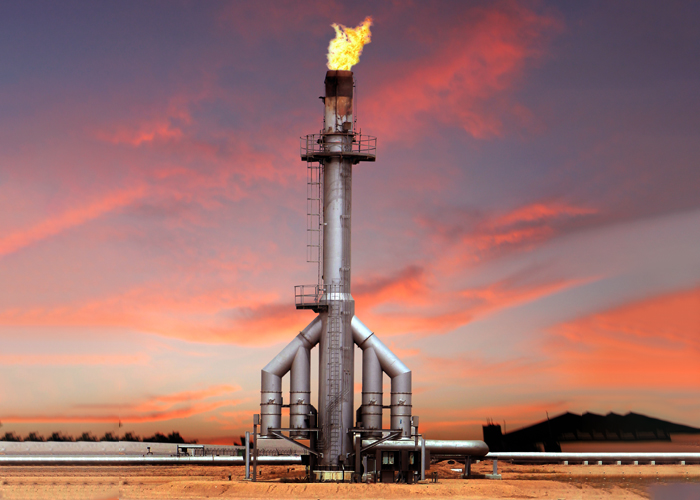
In 2015, KOC reduced the gas-flaring rate to less than 1%, achieving and working towards KPC and its subsidiaries' strategic directions.
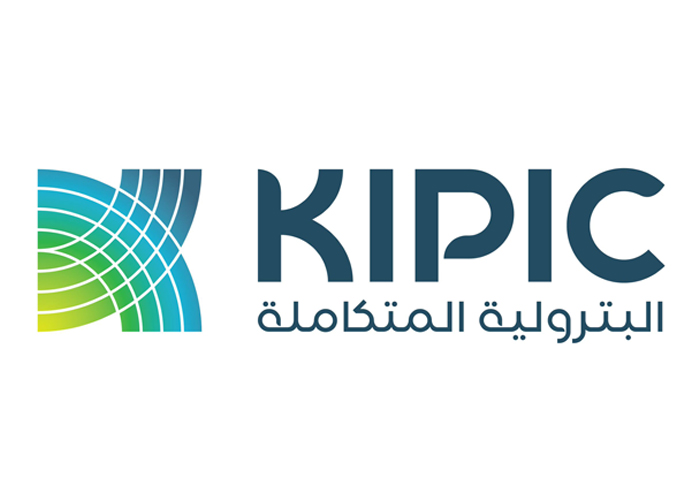
A new subsidiary and new global office were also introduced in 2016 with the establishment of Kuwait Integrated Petroleum Industries Company (KIPIC)
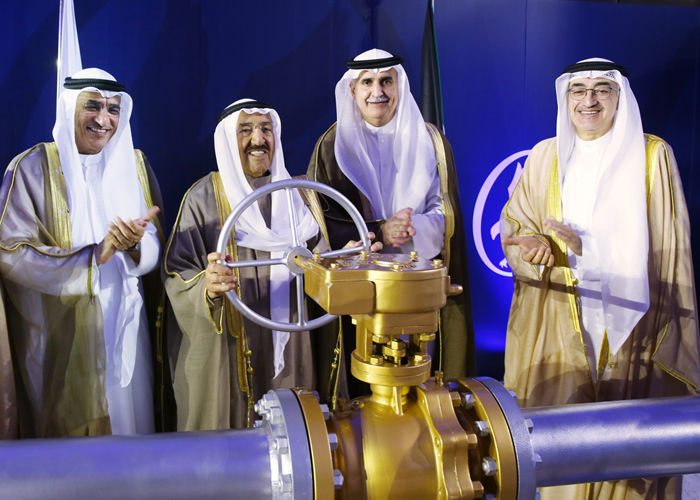
Successes continued as the years passed by. In 2018, KOC celebrated the export of its first shipment of light oil. KPI, the owner of a joint venture refinery in Vietnam, the largest in the country, was commercially operational in 2018 as well.
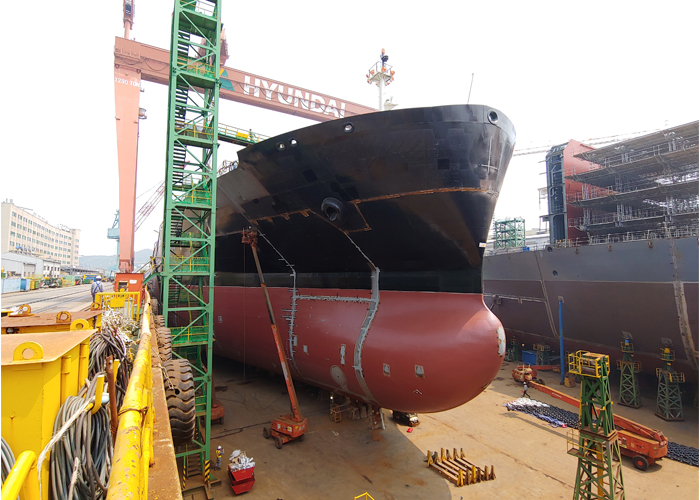
In 2019, KOTC commenced to renew and expand its fleet with eight tankers for crude oil and its products. KGOC also resumed its production in the Joint Operations Area.
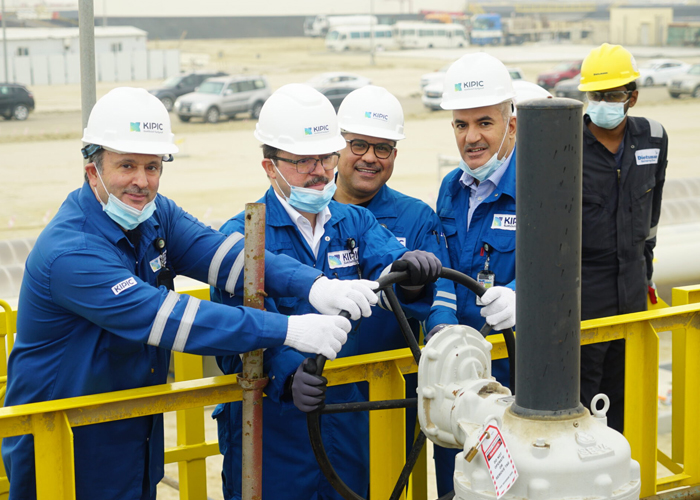
Big operations were initiated in 2020 as KIPIC began the operational trail for Al-Zour Refinery by receiving the first shipment of crude oil. In addition, in the same year, KOC also announced the start of production in the heavy oil project in the South Ritqa field, North Kuwait, as well as the exportation of the first shipment of heavy crude oil to the global market.
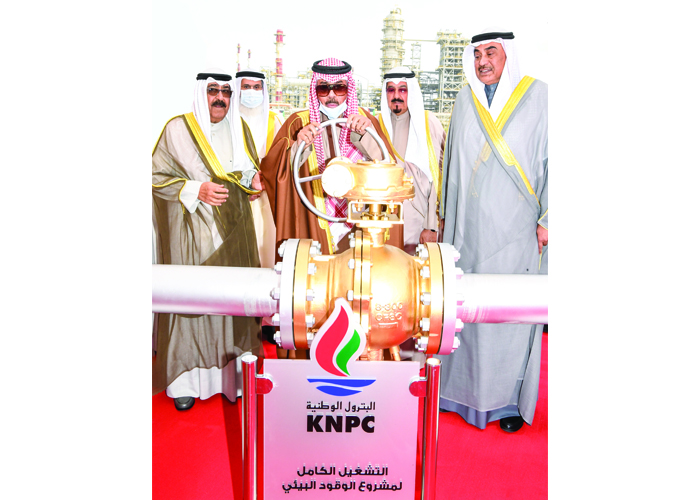
Operations expanded and were finalized in 2021 as KNPC completed the commission of the Clean Fuels Project.
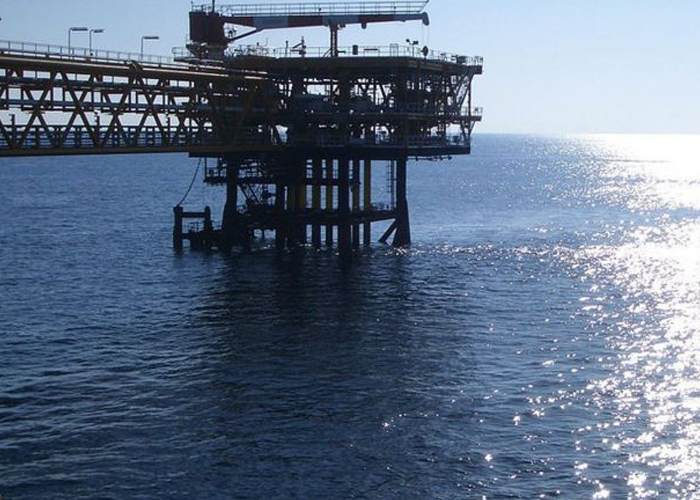
Meanwhile, KGOC announced the launch of the Dorra Field development under the joint agreement between the State of Kuwait and the Kingdom of Saudi Arabia in 2022 and the inauguration of the Gas Mitigation Project in WJO.
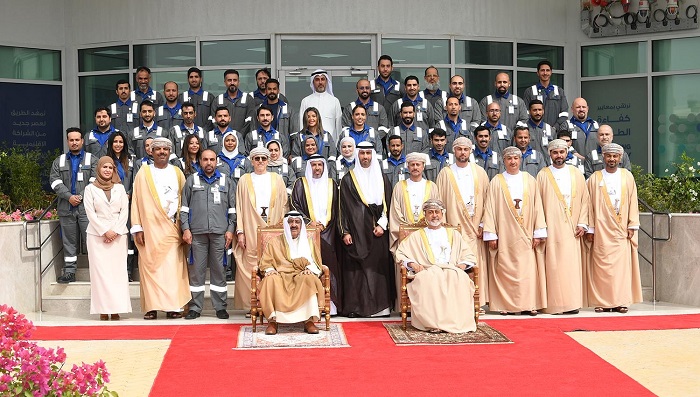
In February 2024, the Duqm Refinery commenced full operations, marking a significant milestone in the partnership between KPI and OQ. This joint venture project, the largest of its kind in the Gulf, strengthens the leadership role of the Kuwaiti oil industry both regionally and globally.
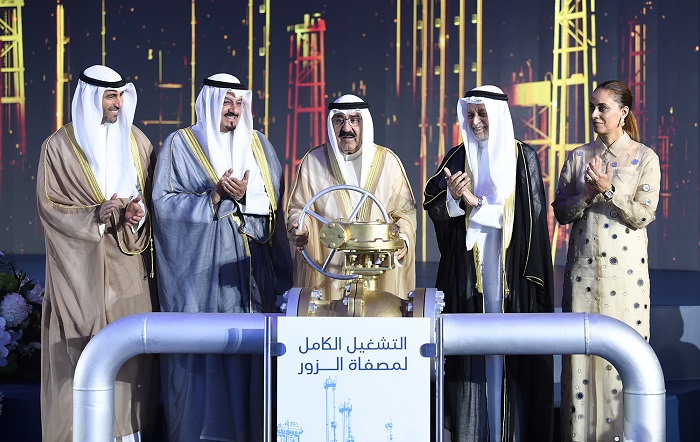
In May 2024, the inauguration of the Al-Zour Refinery marked the beginning of a new pivotal phase in the journey of excellence and global leadership for the Kuwaiti oil industry.

In July 2024, we made a massive discovery in the Al-Nokitha offshore field, estimated at approximately 3.2 billion barrels of oil equivalent.
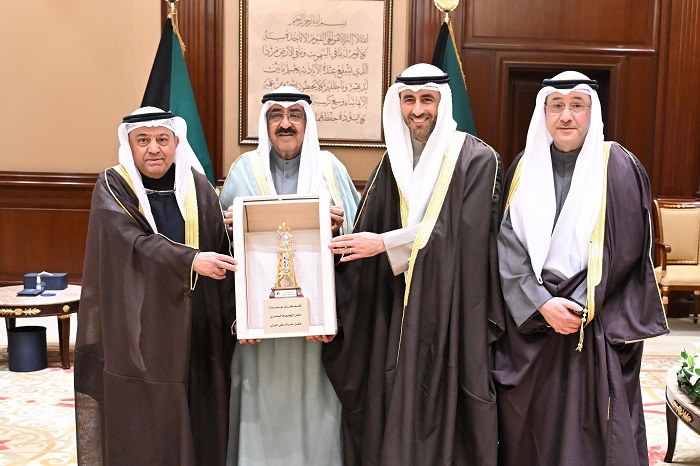
In January 2025, a new discovery was announced in the Al-Julaia field, marking the second significant offshore find. This discovery reaffirms the effectiveness of the Corporation's offshore exploration strategy and provides a positive boost to the oil sector, which remains the cornerstone of the national economy.
